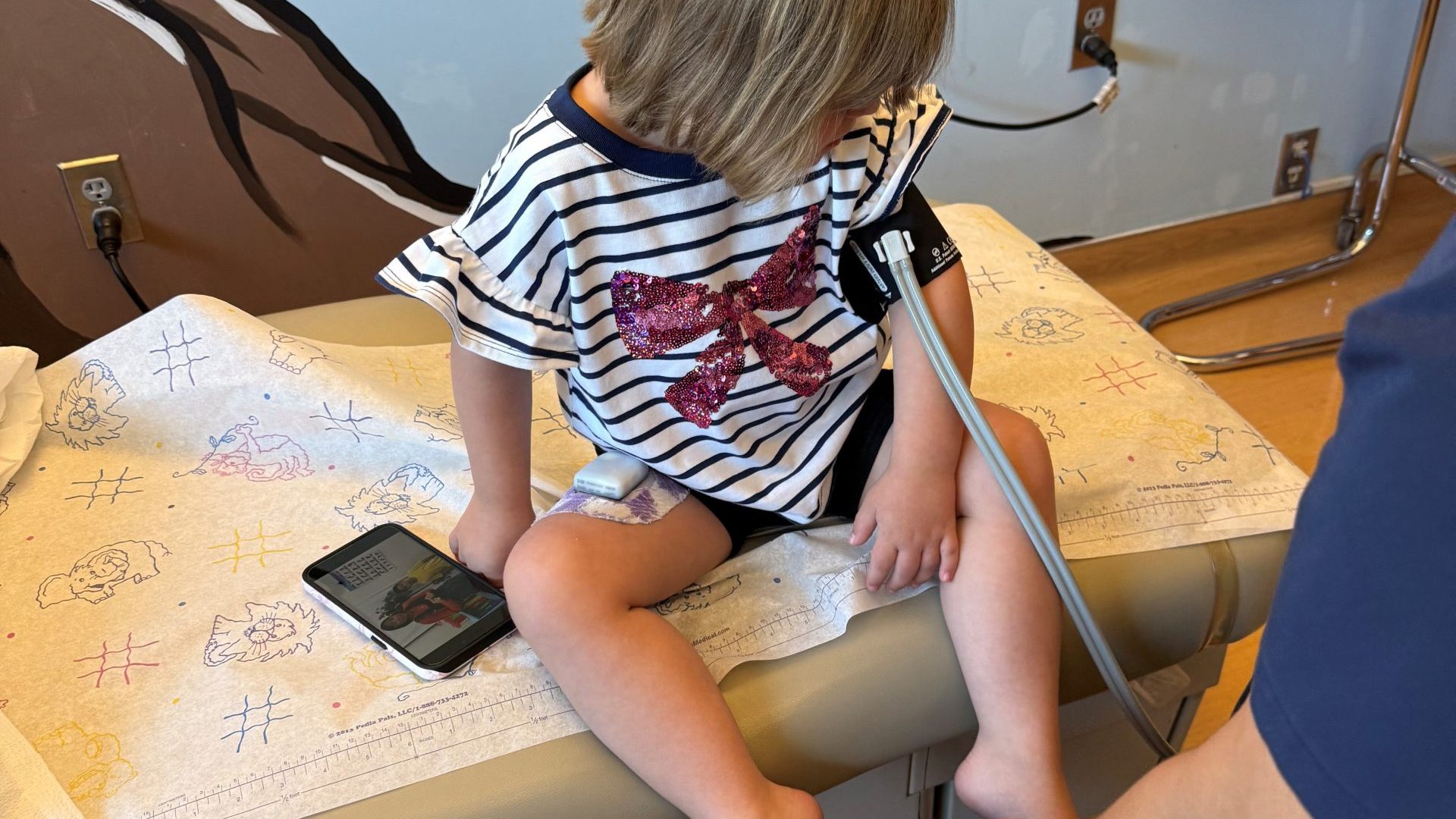Kay recently had a visit with a hematologist following some concerning results from her latest bloodwork. Her platelet count came back elevated at 658—higher than the preferred range. Instead of waiting two weeks to repeat the labs and then possibly refer us to a specialist (only for more bloodwork to be ordered anyway), Kay’s pediatrician chose to refer us directly to hematology. She knows how much Kay already endures managing Type 1 diabetes and wanted to help us avoid an extra, potentially traumatic step.
The hematologist wasn’t immediately alarmed by the high platelet count, explaining that low numbers are typically more concerning. Still, since it had been a few weeks, she wanted updated labs to get a clearer picture. Thankfully, the office is pediatric-focused, and the phlebotomists are experienced with children. Kay and I were able to stay in the same room while everything was done, which helped—but even with all she’s used to, blood draws are still tough for her, and this one was no exception.
After the draw, we waited about 15 minutes for results. To our surprise, her platelet count had dropped dramatically to 71—much lower than expected and enough to raise the doctor’s concern. She was a bit puzzled by the sudden shift and asked if Kay had been sick recently, but from what I’ve observed, she hasn’t shown any symptoms.
Given the sharp drop, we’ve scheduled a follow-up in two weeks for more advanced testing. This next round will analyze the shape of Kay’s blood cells to check for any abnormalities. It’s always nerve-wracking when new issues pop up, but I’m grateful this is being taken seriously and followed up on. Hoping for clarity—and good news—at the next appointment.



